Organ donation
There are 100,000+ patients on the transplant waiting list who desperately need new hearts, lungs, livers, kidneys and pancreases. Organ and tissue donation can be our final act of kindness.
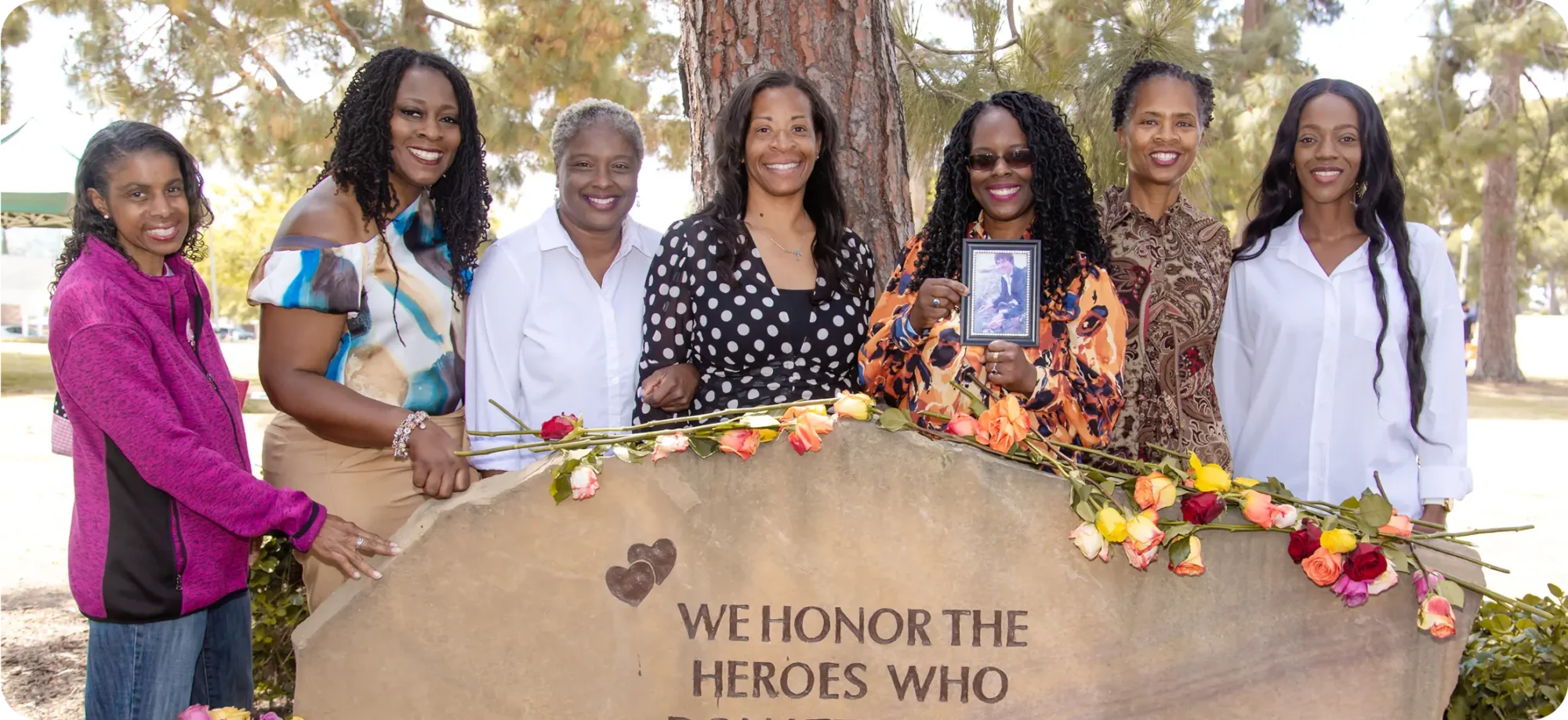
Help us extend the lives of those in need
Lifesharing coordinates organ and tissue donation at the end of life. We are the federally-designated organ procurement organization (OPO) serving San Diego and Imperial counties in Southern California.
Sadly, most people will not die in a way that allows for organ donation. It’s our job to identify those rare cases where donation is possible, and make sure that precious organs and tissues get to patients in need.

“I literally was close to dying – until someone gave me the gift of life after they died. Every single day, I wake up grateful.”
LeAnn PusateriDouble-lung transplant recipient and Lifesharing volunteer
Organs we help transplant
Every year, we help transplant hundreds of vital organs – including hearts, lungs, livers and kidneys. Each organ is a gift from a donor in the San Diego region.
Hearts
Hearts from San Diego donors are transplanted locally and regionally
Kidneys
The vast majority of patients on the transplant waiting list need a kidney
Liver
After kidneys, the livers are the second most-needed organ
Lungs
The lungs are delicate organs that require great care during transplantation
Pancreas
Pancreas transplants are not common – there are less invasive treatments available for patients
Intestines
These transplants are rare, but we occasionally help transplant intestines
We support families throughout the organ donation process
Behind every organ donation is a family experiencing profound loss. At Lifesharing, we have a dedicated team whose sole focus is to support these families during an incredibly difficult time. Our family specialists walk alongside grieving family members, providing compassionate care and service throughout the donation process.
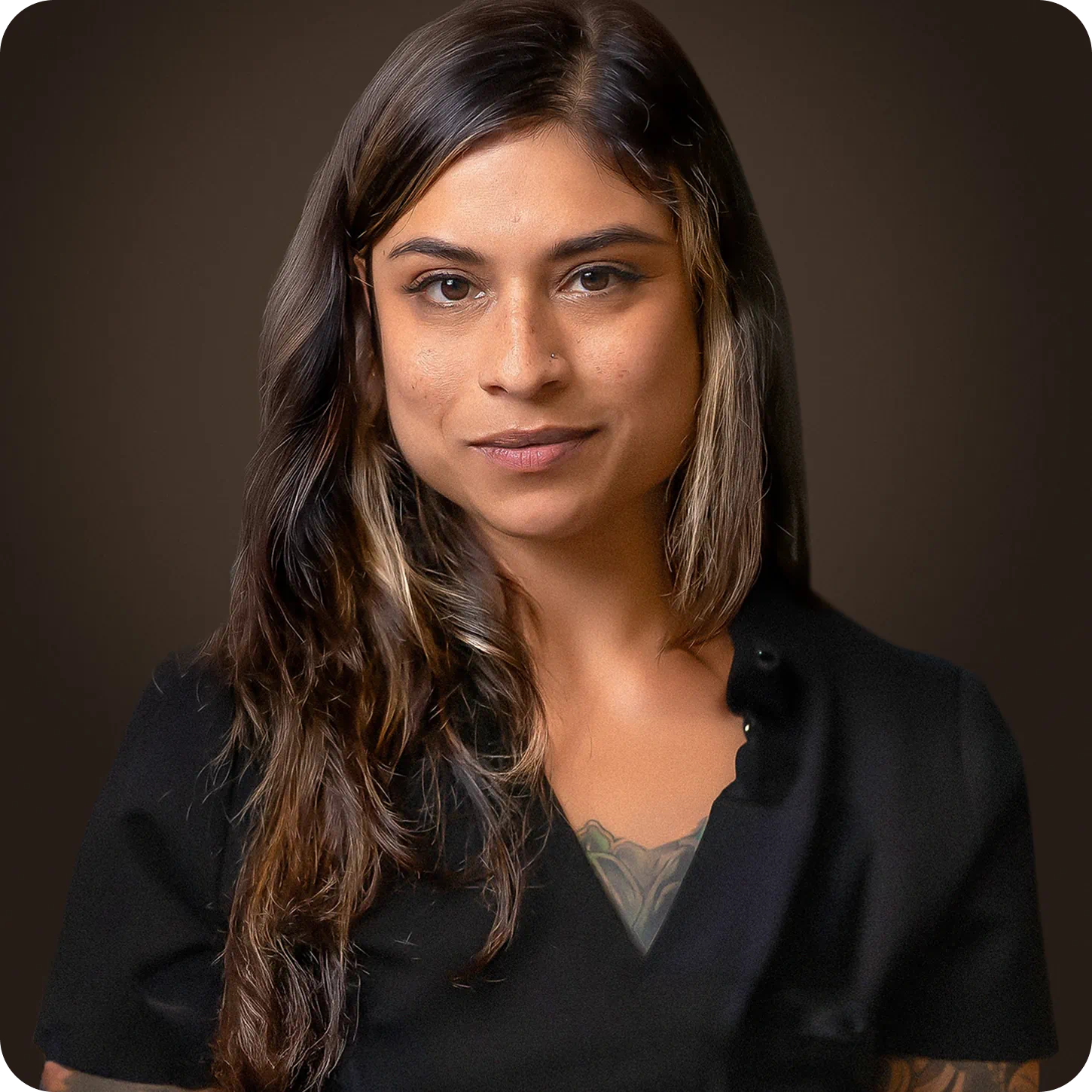
“There is a respect, an ease and a peace that comes along with our process.”
Vanessa MazonLifesharing Lead Family Services Specialist
The organ donation process
Organ donation must happen in a hospital or clinical setting. Our team travels to local hospitals to coordinate the process. To see the steps that occur in each of our organ donor cases, click on the boxes below:
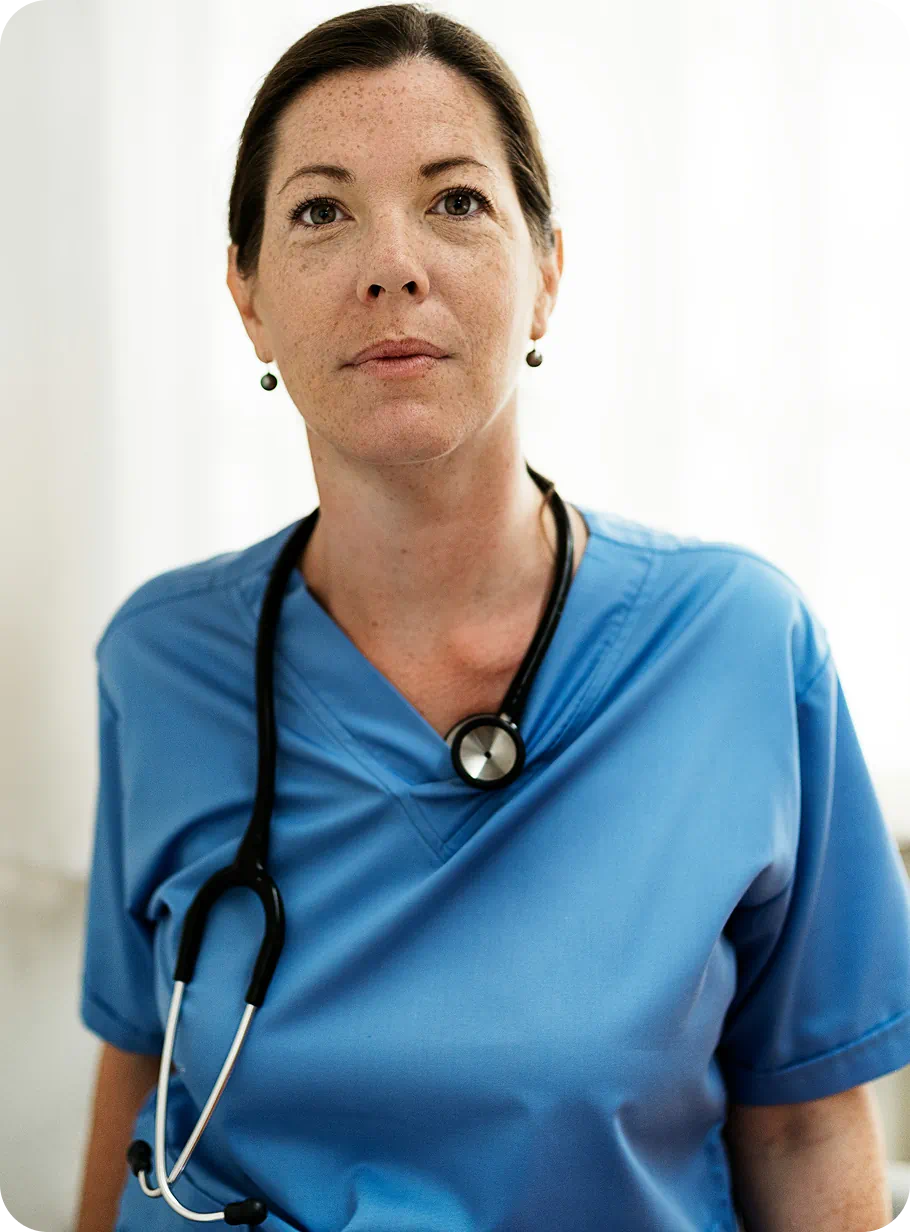
The hospital works hard to save every patient’s life
But even with the best medical care, some patients cannot make a meaningful recovery. Hospitals report all deaths or imminent deaths to Lifesharing. If a patient received a high level of critical care prior to death, we may be able to transplant their organs.
By law, neither Lifesharing nor the transplant teams can be involved in the declaration of death. This protects patients.
If the patient is a registered organ donor, we work to fulfill their final wishes. If not, the patient’s legal decision-maker has the authority to approve donation. We will also obtain authorization from the medical examiner/coroner if there is a pending death investigation.

We work hard to save the donor’s organs
We will ensure that the donor’s organs receive oxygen from a ventilation machine. Families will be advised if the hospital chooses to transfer the donor to another hospital for specialized donor care.
We use a national database to match donated organs to patients on the transplant waiting list. Once we identify potential matches, we contact the patient’s transplant center. It’s the responsibility of the transplant center to review and accept each organ.
Organs are recovered in a hospital operating room, in a surgical procedure. The donor is deceased and feels no pain. We prepare each organ for secure transport to the recipients. If authorized, tissue recovery can proceed after organ donation.

We pay tribute to each organ donor
Our family specialists present a hero medal to the family of each organ donor in recognition of their lifesaving gift. When time permits, we may assist family members with memory-making activities at the end of life. These can include the making of handprints and the recovery of locks of hair, as requested by the family.
Friends, family members and hospital staff may line the hallways in a show of respect for the donor, before organ donation occurs. This is known as an “Honor Walk”.
In the operating room, we will hold a moment of silence for the organ donor and read aloud a statement from the donor’s family. (Transplant teams are often present in the room.) After donation, the family can proceed with plans for funeral, burial or cremation. They can also enroll in our after-care program.
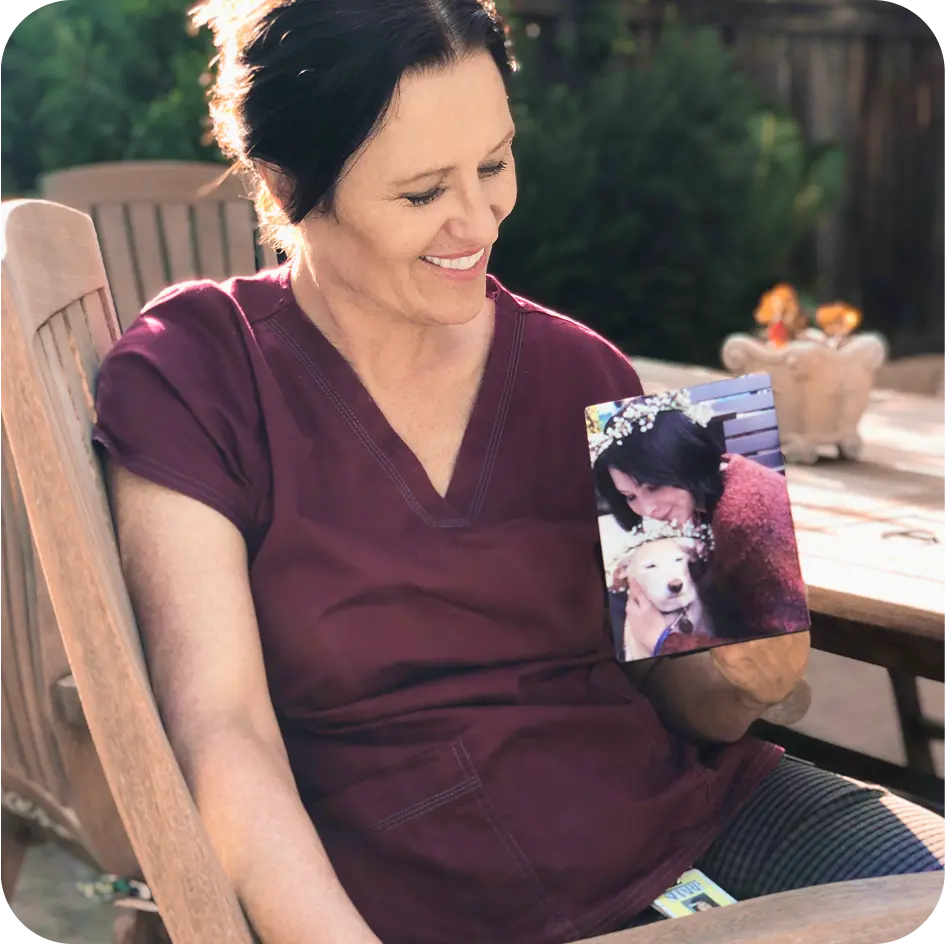
Know the facts
Some people are afraid to register as organ donors, fearing that doctors won’t try to save their lives in an emergency. But the opposite is true – you can only become a Lifesharing organ donor if you die in a hospital after receiving a high level of medical care. This critical care helps to keep organs viable for transplantation.
You can have an open-casket funeral after donation, if you wish. You can also choose cremation if you wish, and have the donor’s ashes returned to loved ones.
Lifesharing pays all donation-related costs for its donors. (Note: families are still responsible for paying funeral and burial costs for their loved ones.)
Organ and tissue donation cannot happen unless the patient is a registered donor, or their family or legal decision-maker has authorized it.
Ready to help?
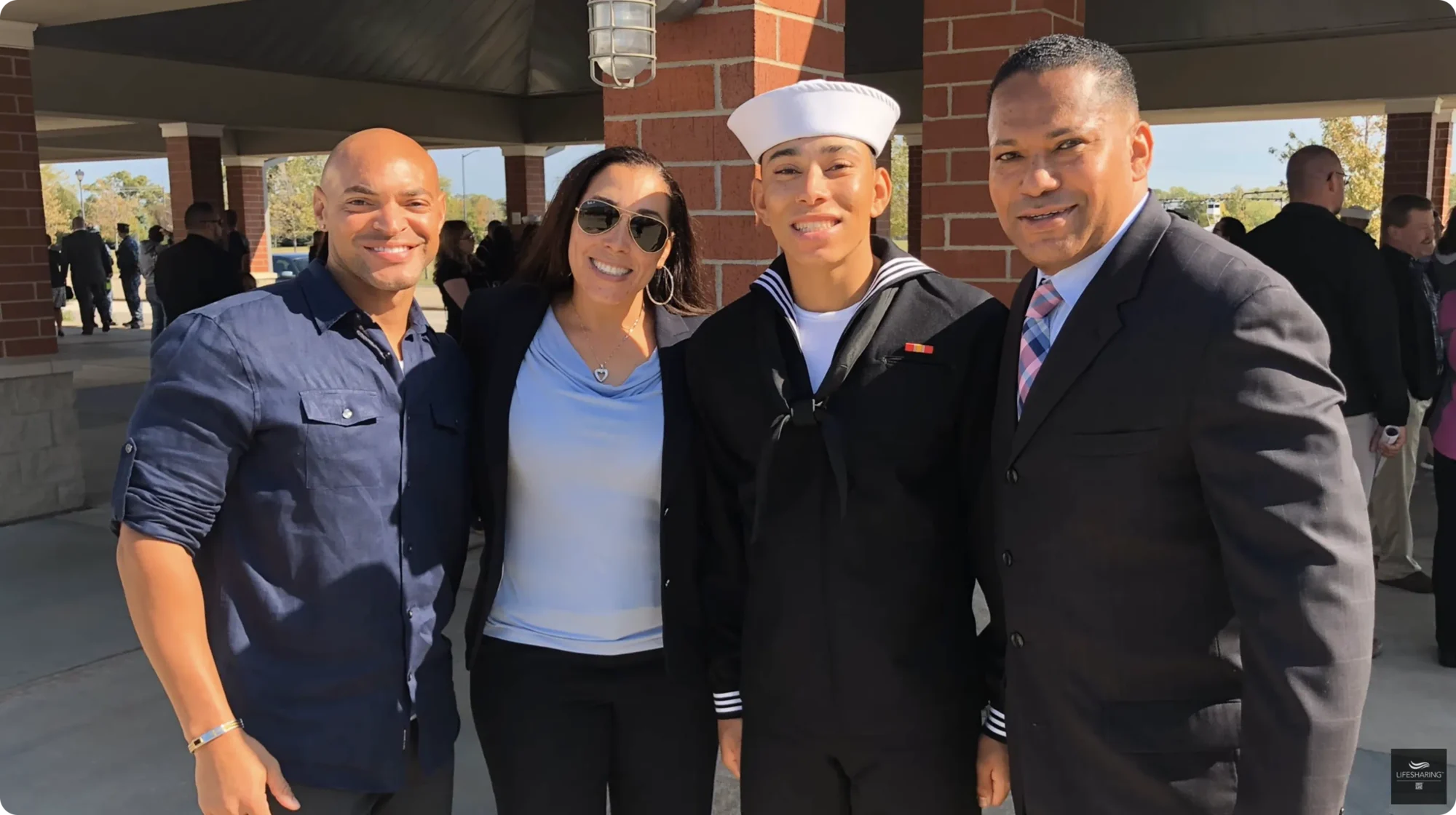
“It’s amazing to know that people are alive because of him.”
Kevin Brooks (far left)Godfather to Navy sailor Robby Barksdale, Jr., a Lifesharing organ donor who saved five lives